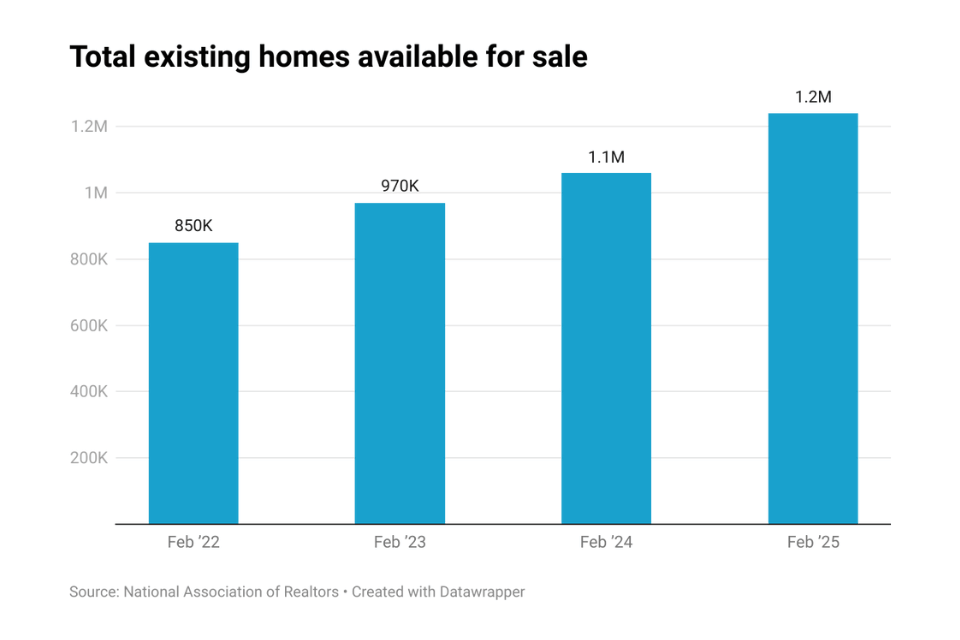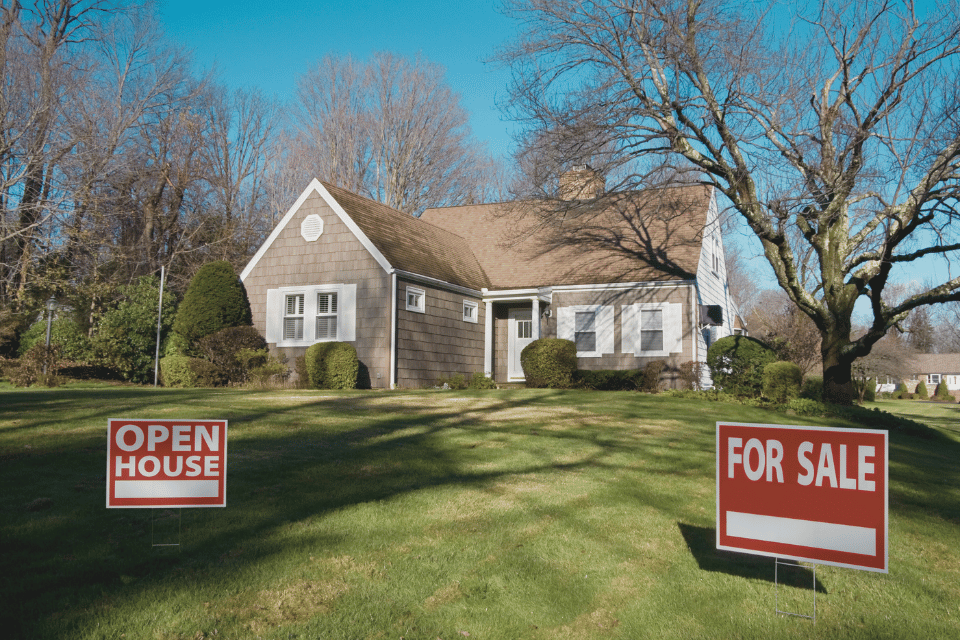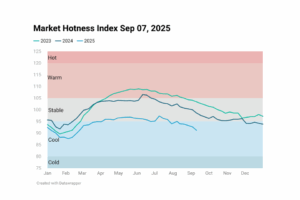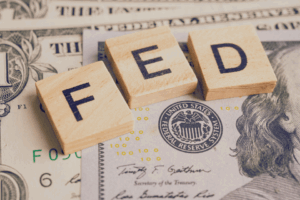It seems the housing market is speaking a new language. Forget the booming pronouncements of bidding wars past; the current dialect is quieter, more nuanced, and increasingly involves the subtle art of the seller concession. New data reveals a significant shift: nearly 45% of U.S. home sales in the first quarter of 2025 included sellers offering something extra to sweeten the deal for buyers, according to a recent Redfin report. That’s a jump from just over 39% a year ago, and tantalizingly close to the record high we saw at the start of 2023.
So, what exactly are these “concessions”? Redfin’s analysis tracks instances where sellers provided financial assistance to reduce the buyer’s overall costs. This could be money for those unexpected repairs the inspector flagged, a contribution towards often hefty closing costs, or even a strategic buydown of the buyer’s mortgage interest rate. What it doesn’t include are straightforward price reductions, either at listing or through negotiation.
This uptick in concessions tells a compelling story: the balance of power is shifting. The once red-hot seller’s market is cooling, tilting ever so slightly in favor of those with their checkbooks ready. Why the change? A confluence of factors is at play. High home prices, stubbornly elevated mortgage rates (remember that recent jump?), and a persistent hum of economic uncertainty are making buyer demand… well, let’s just say “sluggish.”

Simultaneously, sellers are finding themselves in a more crowded arena. Housing inventories have climbed year-on-year since 2022, meaning more competition for those “For Sale” signs. When buyers have a buffet of options, their negotiating stance naturally strengthens.
Where are these deals happening?
The map of concessions isn’t uniform across the country. Seattle stands out with a staggering 71.3% of home sales including seller concessions in the first quarter – the highest among major U.S. metros and double the rate from a year ago! Portland, OR (63.9%), and Los Angeles, CA (56.1%), followed with significant increases as well. Interestingly, condos and new-construction townhomes are particularly prone to these sweeteners, often due to factors like rising HOA fees and insurance costs for condos, and builders’ desire to maintain high list prices.

The Chill in the Sunshine State (and beyond)
On the flip side, some markets are seeing fewer concessions. New York City witnessed the biggest drop, with only 5.5% of sales including concessions. Miami, San Antonio, Tampa, and Phoenix also saw declines. The likely reason? Many of these areas, particularly in Florida and Texas, have been cooling for a while, with prices already starting to fall. Sellers here have seemingly adjusted to the slower pace and are pricing their homes more competitively from the outset, reducing the need for additional incentives.
The Double Whammy: Price Cuts AND Concessions
Interestingly, some sellers are pulling out all the stops, offering concessions on top of reducing their asking prices. Roughly one in five homes sold in the first quarter had a final sale price below the asking price in addition to a concession. This suggests a growing urgency among some sellers to move their properties, even if it means a double dip in their potential returns.
The Uneasy Pause: Rising Cancellation Rates
Adding another layer to this intricate dance is the rising number of canceled home purchase agreements. In March, 13.4% of pending home sales fell through, the third-highest March cancellation rate on record (excluding the pandemic’s initial shock). This suggests that economic jitters are not only making buyers hesitant initially but also causing some to walk away even after going under contract. Some of the highest cancellation rates were in the sunbelt, specifically in Texas and Florida, while the smallest rates were in the Northeast and Midwest regions.

What does this mean for you?
For buyers, this evolving market presents potential opportunities. Don’t be afraid to explore the possibility of seller concessions, especially in areas with rising inventory and slower demand. It could be the key to making your dream home more affordable.
For sellers, understanding the changing landscape is crucial. Be aware of the increasing competition and the growing expectation of concessions in many markets. Pricing strategically and being open to negotiating beyond just the sale price might be the key to a successful and timely sale.










